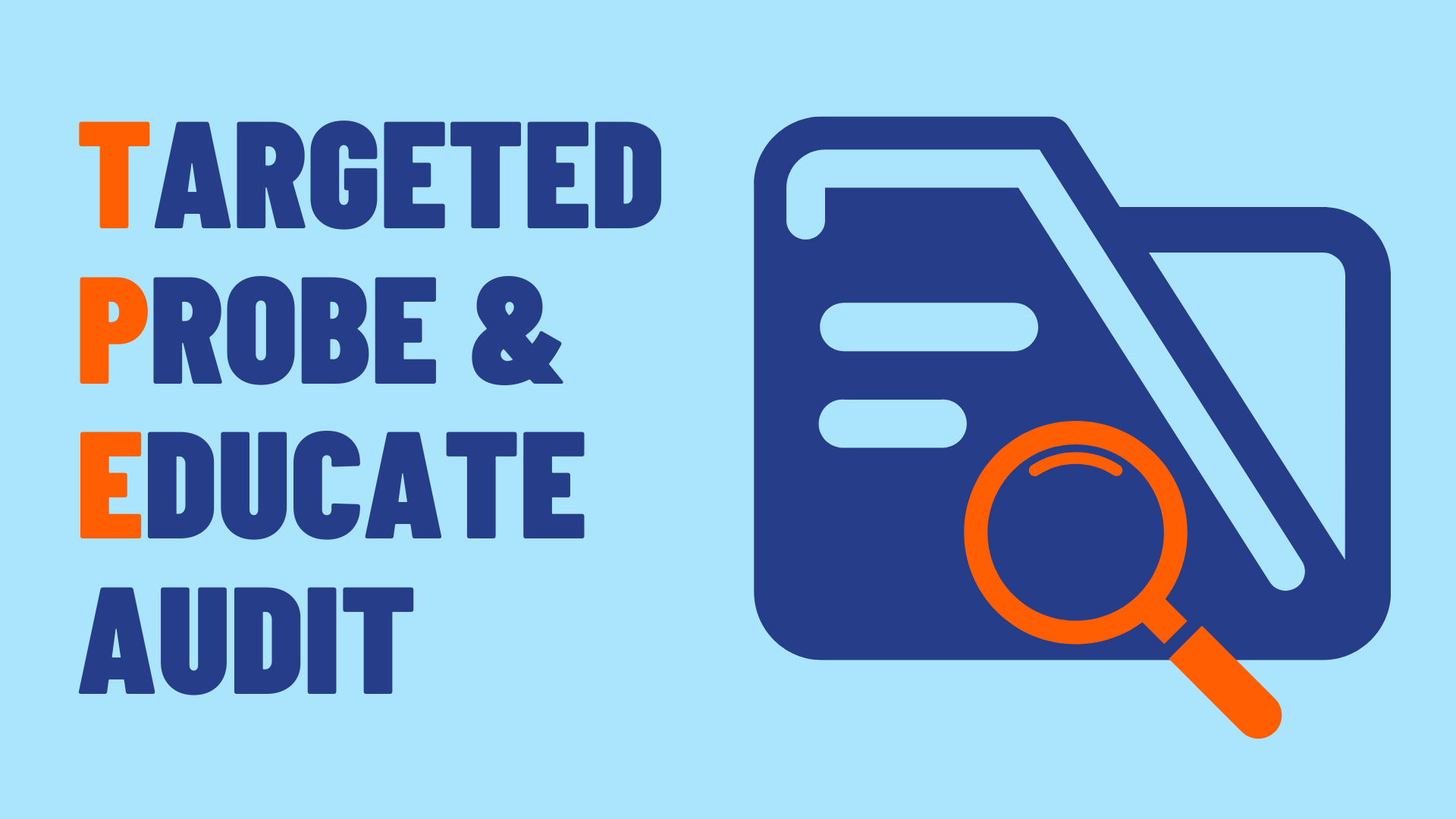Making your E/M coding accurate and documentation bulletproof are key to avoiding the wave
of audit letters from CMS.
by Angela Jordan, EVP ChartPal, Calm Waters AI
Are you tracking the accuracy of your medical coding? CMS is.
Coding accuracy is a bottom-line issue for CMS—the Centers for Medicare and Medicaid Services. That’s also true for medical providers, though many don’t realize how directly coding accuracy correlates to their revenue cycle performance.
For a 2023 report on improper Medicare fee-for-service payments, CMS reviewed 37,500 claims (out of over one billion claims processed during the 2022 fiscal year). Nearly two-thirds of the improper payments involved coding errors—a result of upcoding, downcoding, or simply reporting a code from the wrong category.
For the E/M (evaluation & management) code 99214, covering established patient visits lasting 30-39 minutes, a startling 67.7% of incorrect payments stemmed from coding errors. Incorrect coding was the culprit in an even higher percentage (80.5%) of improper payments for office visits lasting 50-54 minutes (99215). For both codes, insufficient documentation (or no documentation) also accounted for a significant percentage of improper payments.
According to CMS projections, the errors resulted in improper payments of $666.5 million for code 99214 and $251.2 million for code 99215. For all E/M codes, projected overpayments surpassed $3.7 billion. (You can see all of the error rates for E/M codes and projected costs here.)
When coding and documentation errors cost payors like CMS, they will cascade down to revenue cycle challenges for providers.
To reduce high error rates, CMS subjects providers to greater scrutiny when it identifies a pattern of high claim denial rates or billing practices that vary significantly from their peers. CMS employs Medicare Administrative Contractors (MACs) to conduct Target-Probe-Educate (TPE) audits of individual practice groups. Trust me, you want to avoid these audits.
First, you’ll receive a Notice of Review letter notifying you of an impending TPE audit. The auditors will initially review 20 to 40 claims, plus supporting documentation.[1]
If they find that your coding and documentation are compliant (you’ll receive a letter that details the findings), you will not be subject to further review for at least one year. If you’re out of compliance, you’ll have 45 days to remediate problems the auditors identified. MACs will conduct a one-on-one education session to highlight and address errors.
After the 45 days to make improvements, you’ll go through a second TPE audit of 20-40 claims. The audit will be closed if the auditor is satisfied that you have corrected the coding and documentation errors. But if they discover errors remain, you’ll go through the 45-day education and remediation process again.
Then there’s a third audit. If there is insufficient improvement this time, the consequences become financially punitive.
TPE audits were suspended during the COVID-19 pandemic. But now they’re back in force. From what we’ve seen this year, TPE letters notifying providers of impending audits are practically flying out the door from CMS.
One way to mitigate the impact of TPE is to generate and store audit-defensible documents on every patient encounter. For many providers, audits and payor denials trigger a time-consuming scramble to assemble the relevant documentation to support the claim. The better prepared you are upfront, the less disruption you’ll experience to workflow and productivity.
But the best way to deal with Medicare audits is to avoid them. You can minimize your risk by taking steps to maximize your coding accuracy and educating providers to achieve clinical documentation that is nearly “bulletproof.” To paraphrase an old wellness axiom, a bit of training each day (or regularly, at least) helps keep the auditor away.
Angela Jordan (CPC, CPMS, COBC) is the Executive Vice President of ChartPal/Education for Calm Waters AI. A nationally recognized expert in the medical coding field, she has been a national member of the American Association of Professional Coders (AAPC) since 2000 and a member of AAPC’s National Advisory Board.
Ready to enhance revenue cycle performance and help ensure that providers’ documentation is complete and “bulletproof” before it leaves their desktops? View a demo of Calm Waters AI and learn more about our documentation improvement services with ChartPal.
[1] https://www.cms.gov/data-research/monitoring-programs/medicare-fee-service-compliance-programs/medical-review-and-education/targeted-probe-and-educate-tpe

